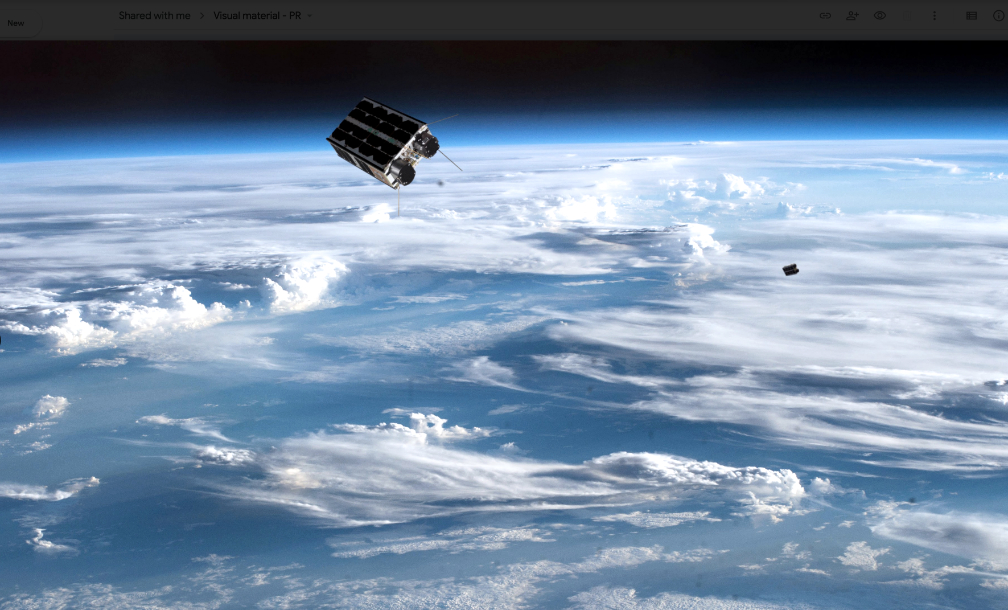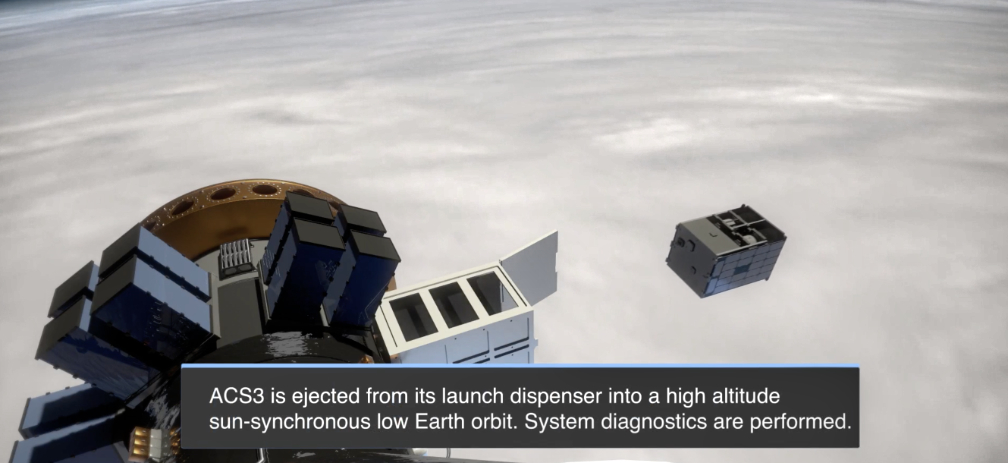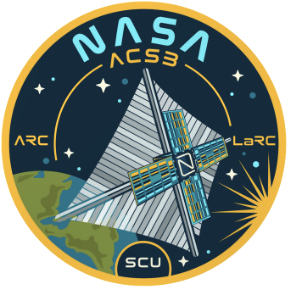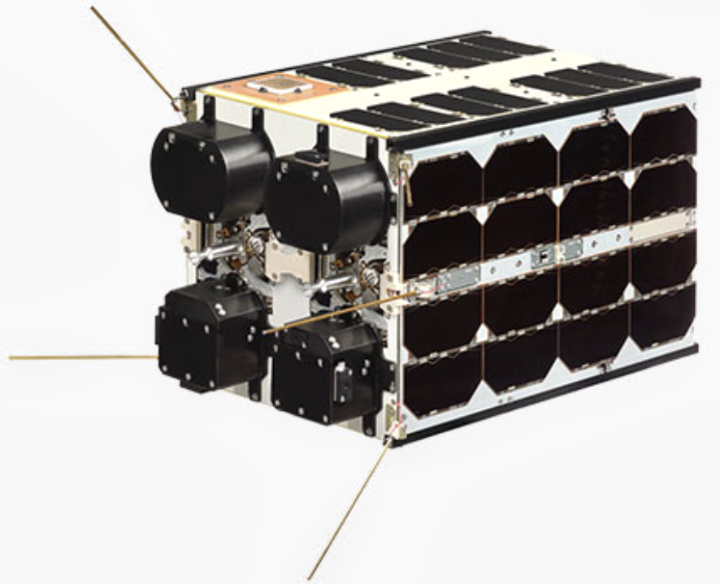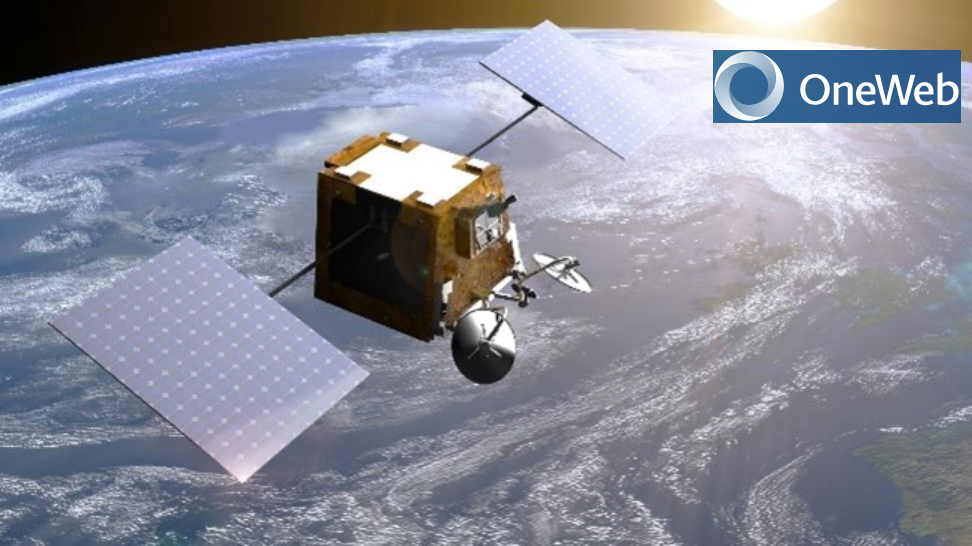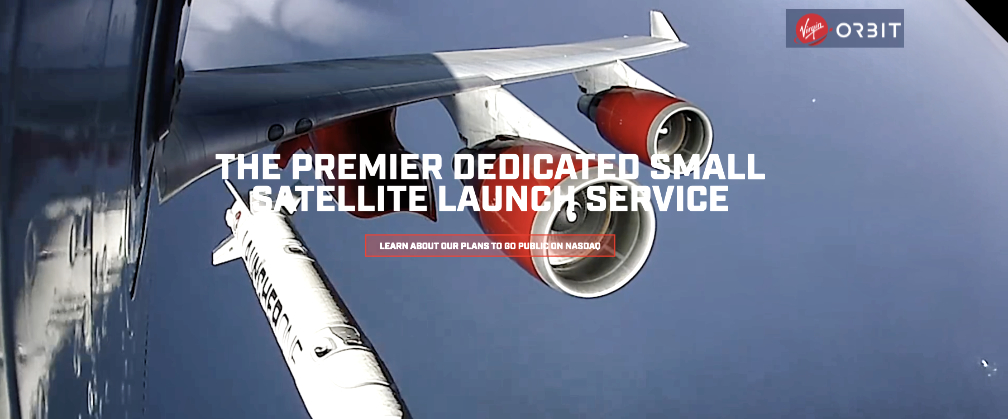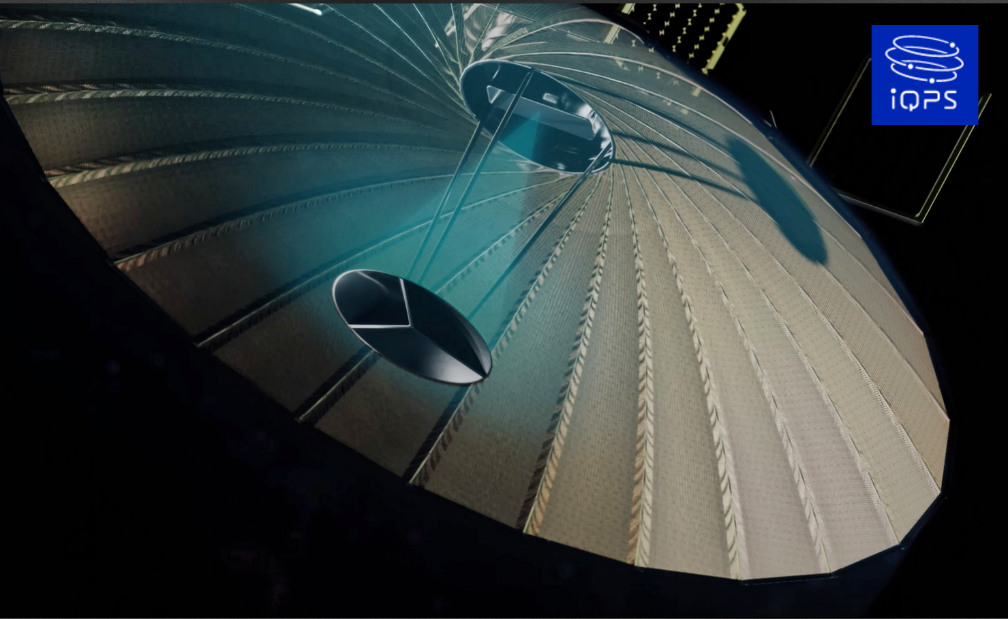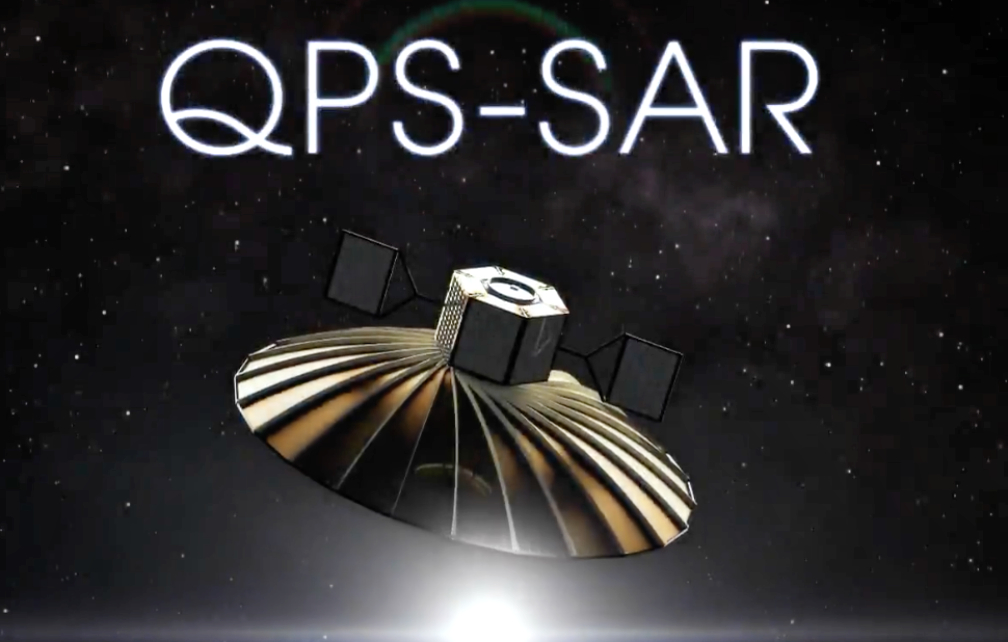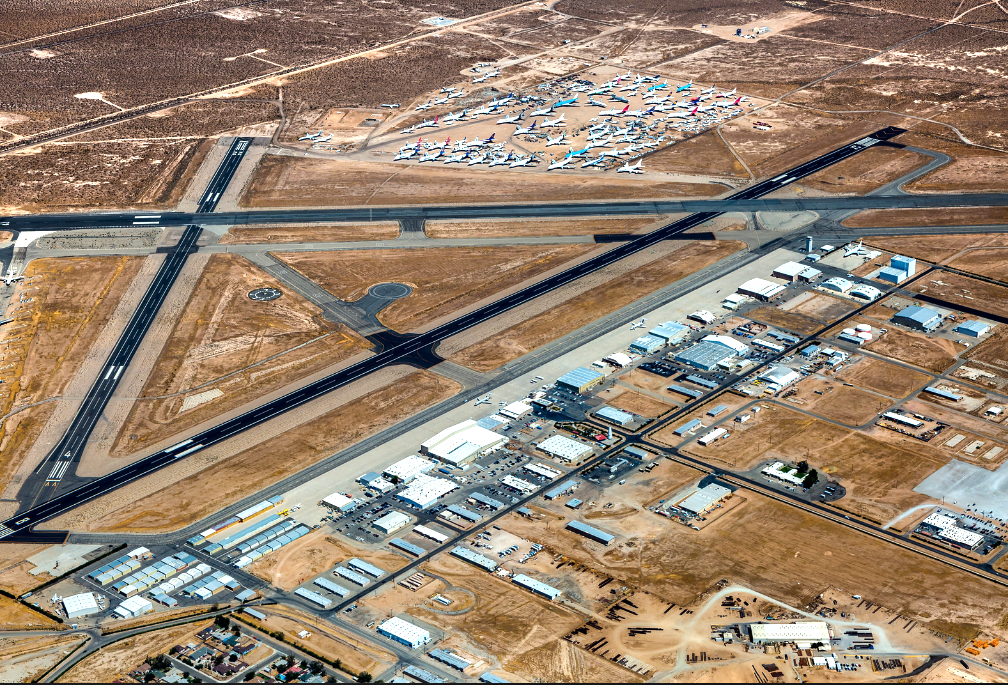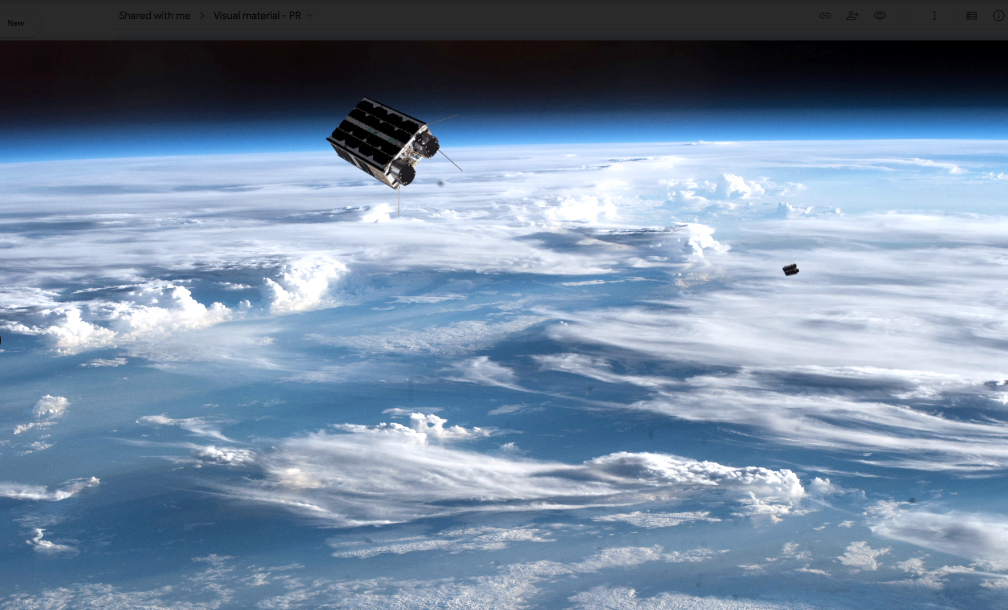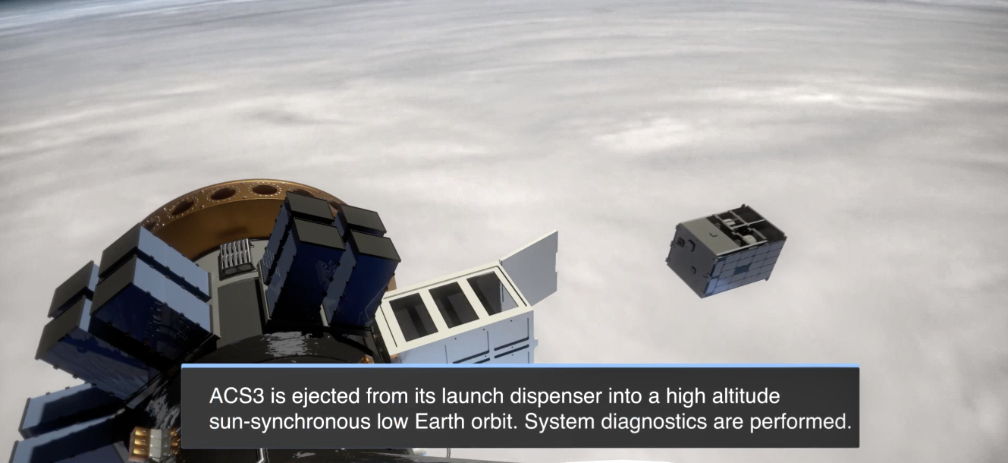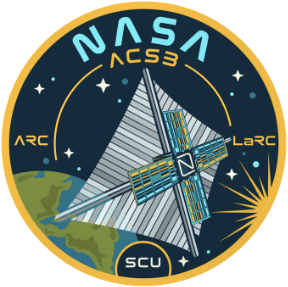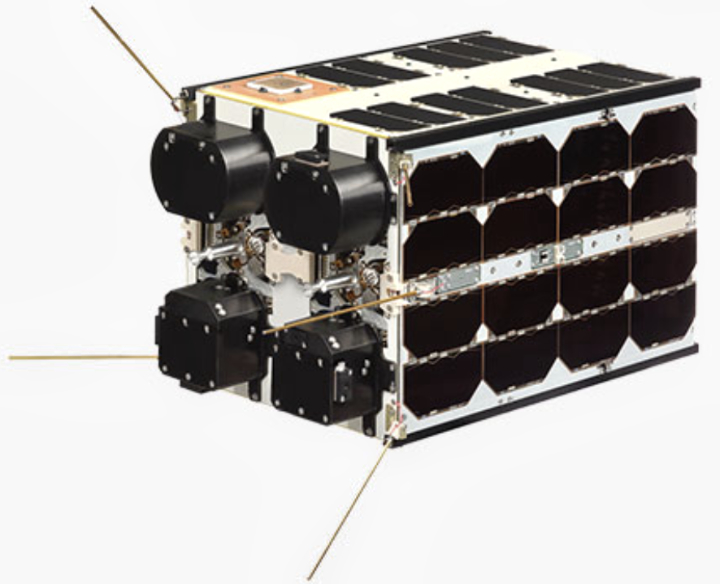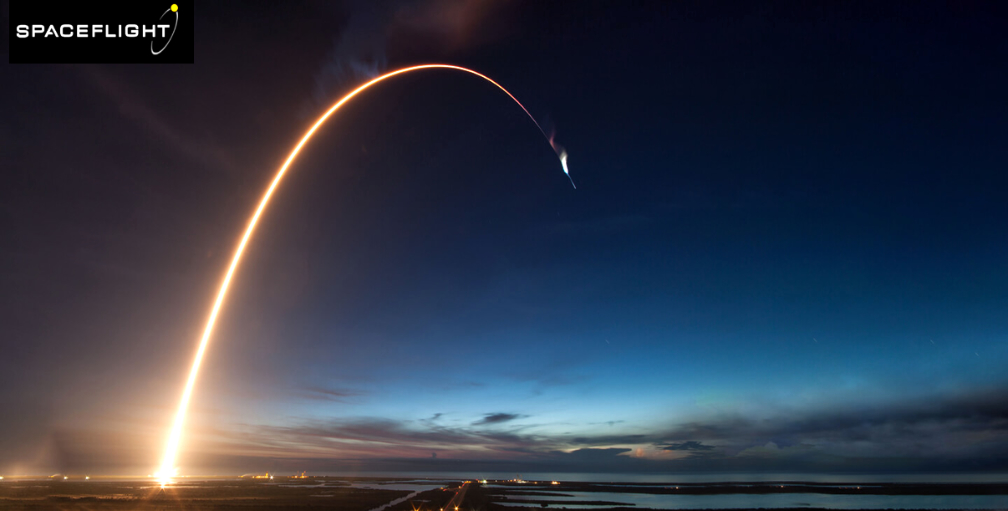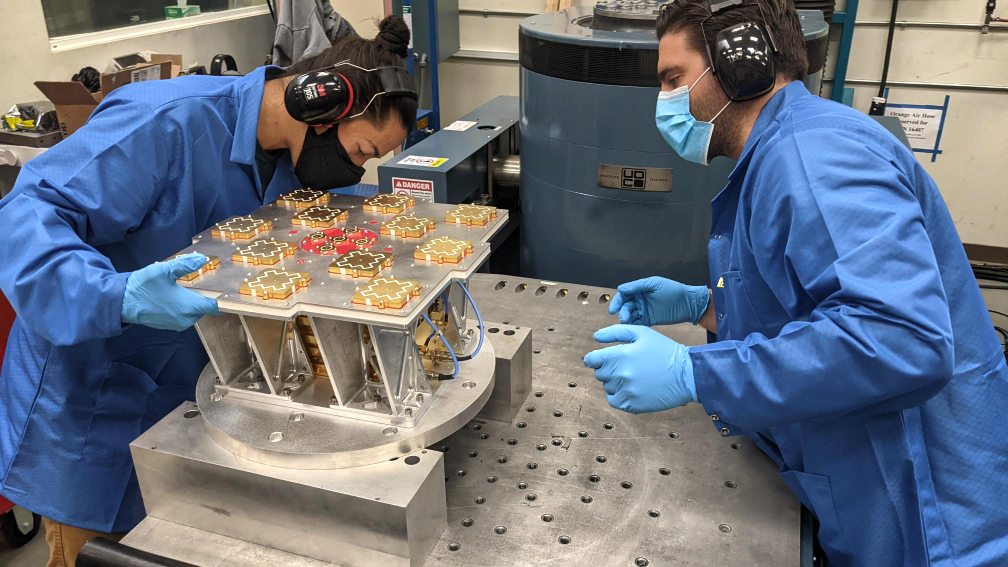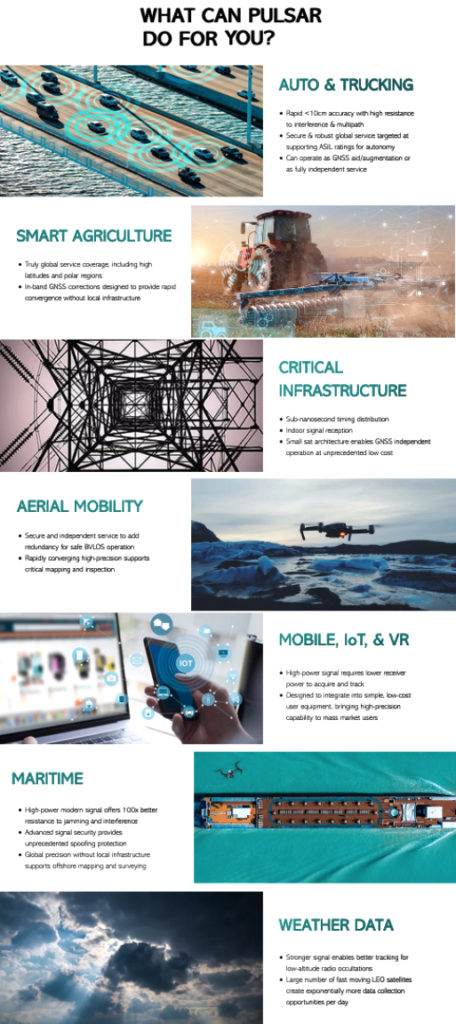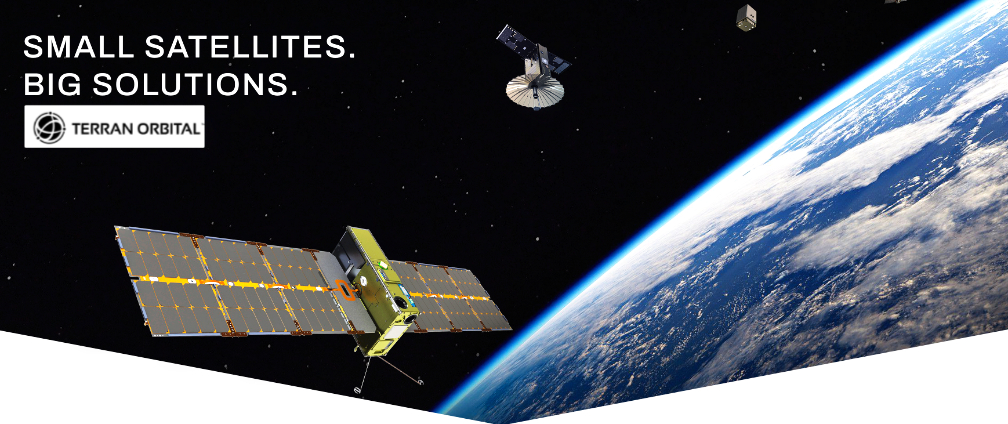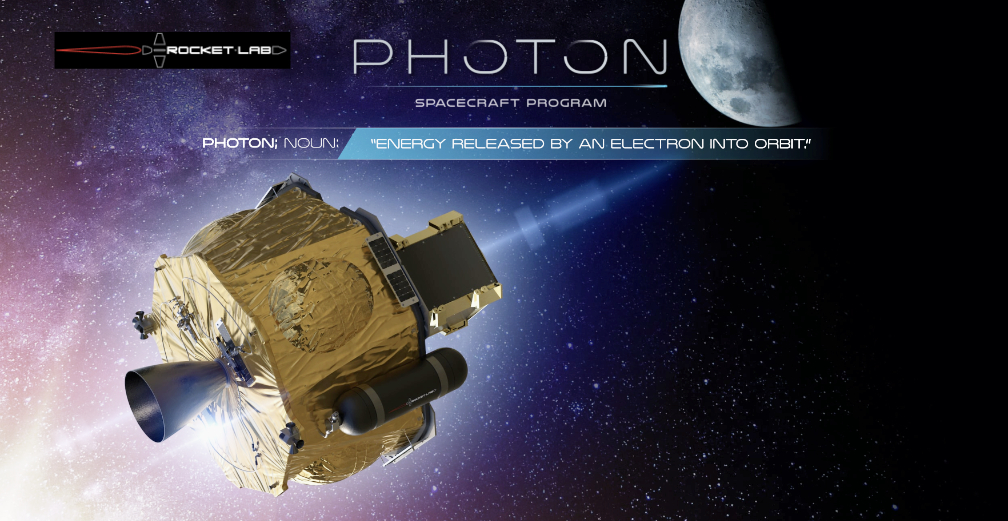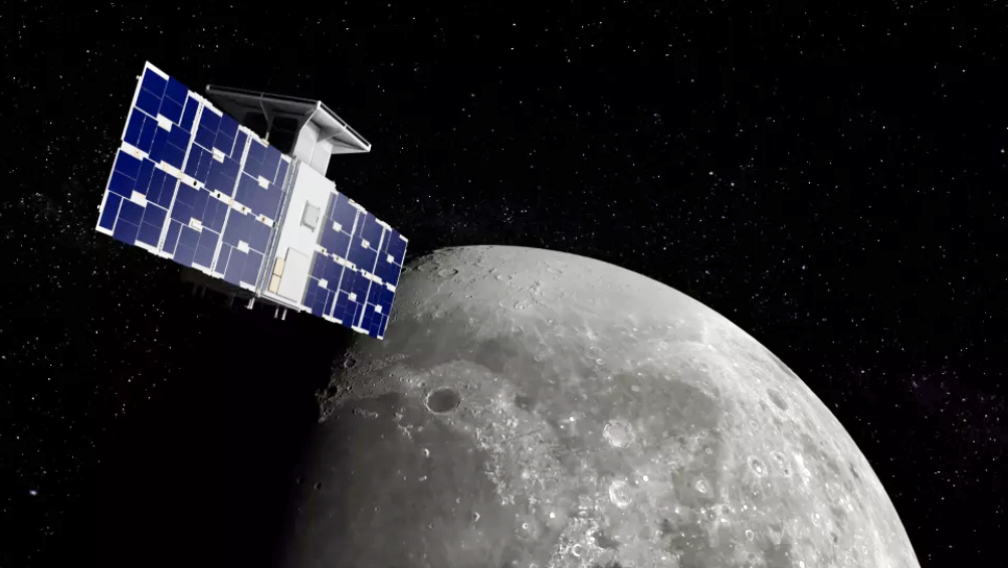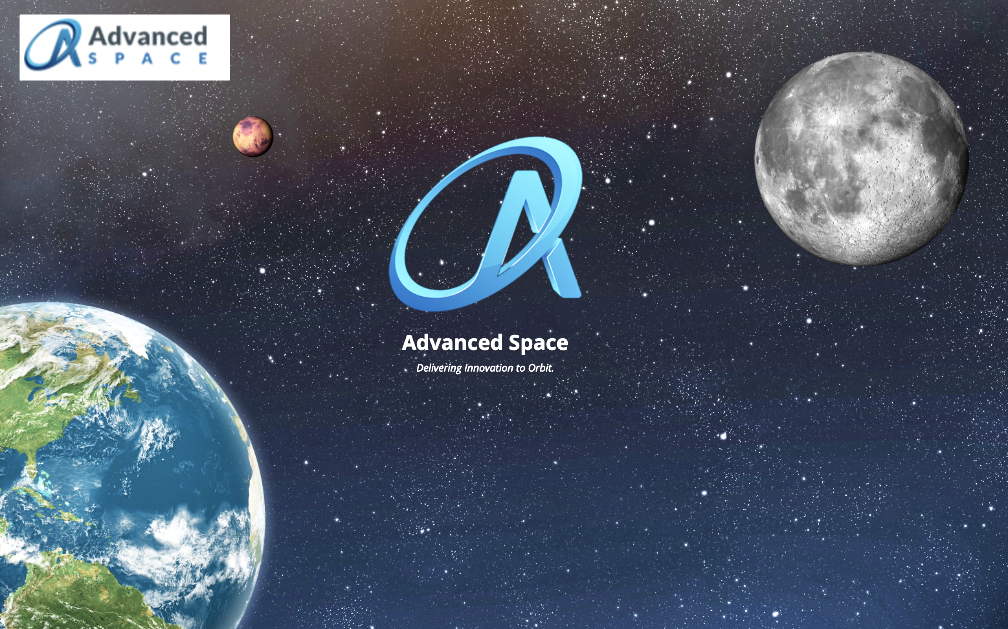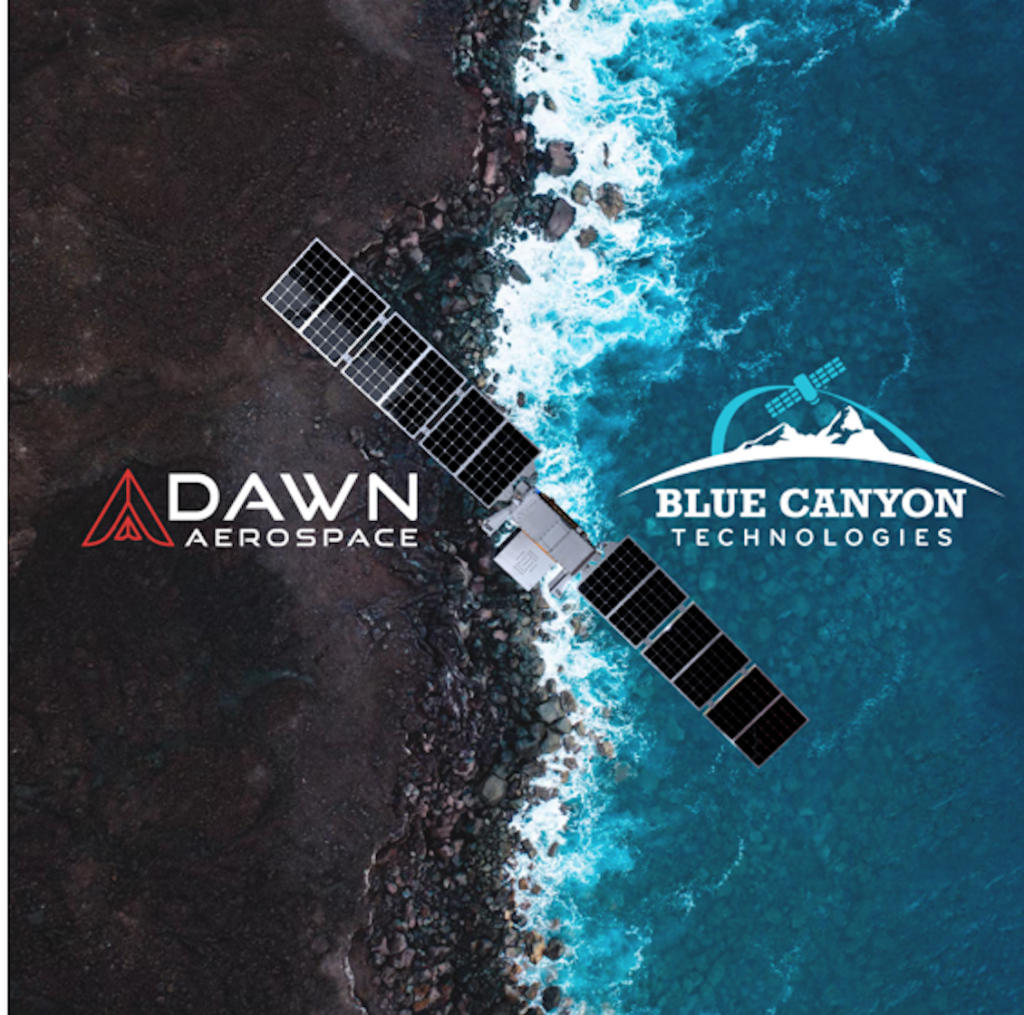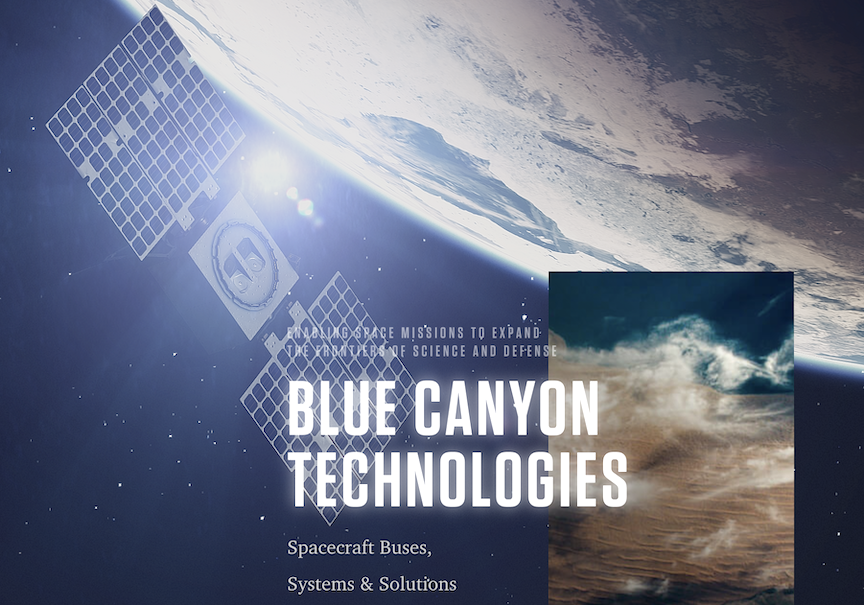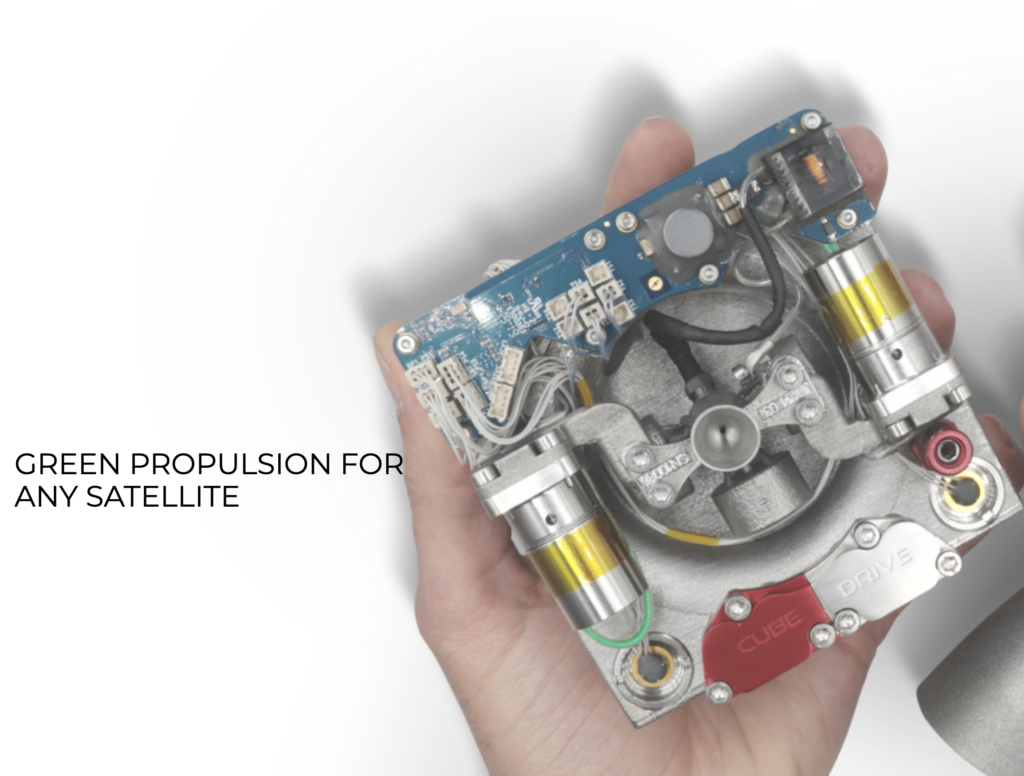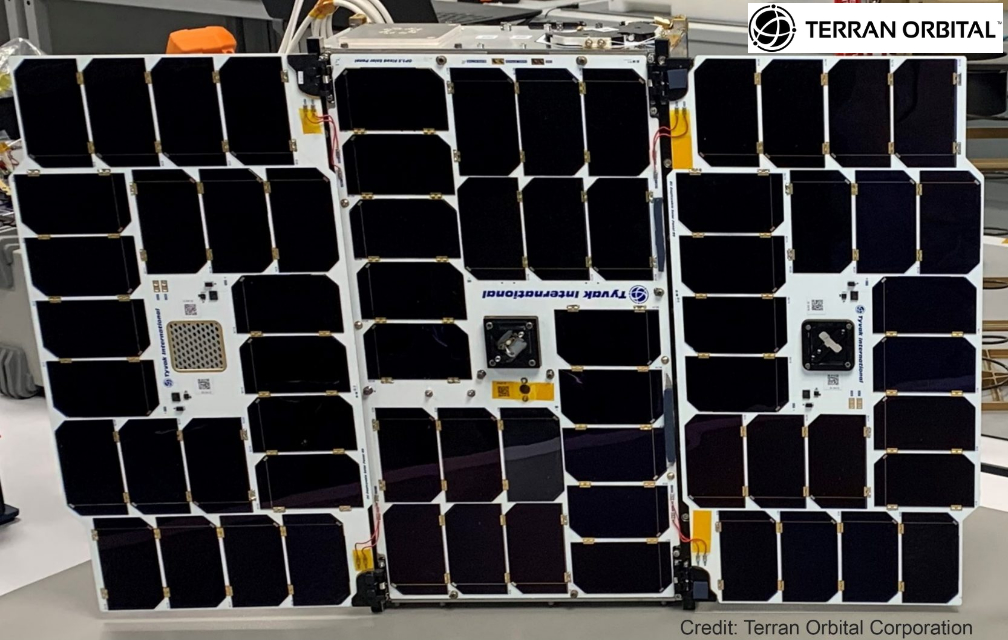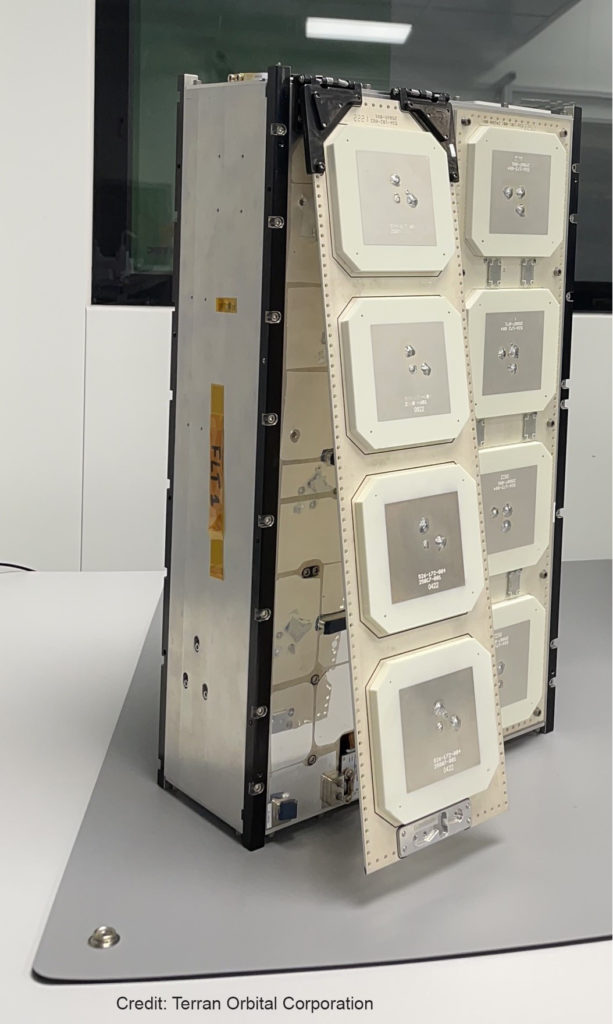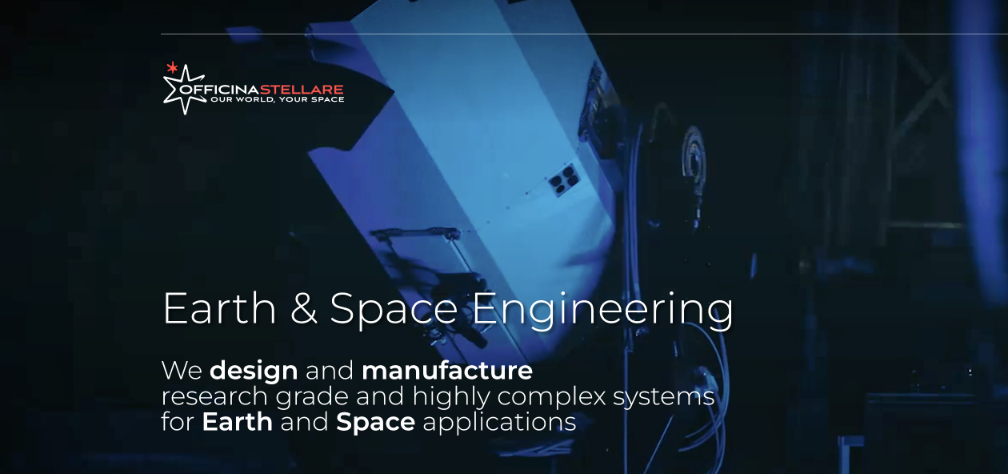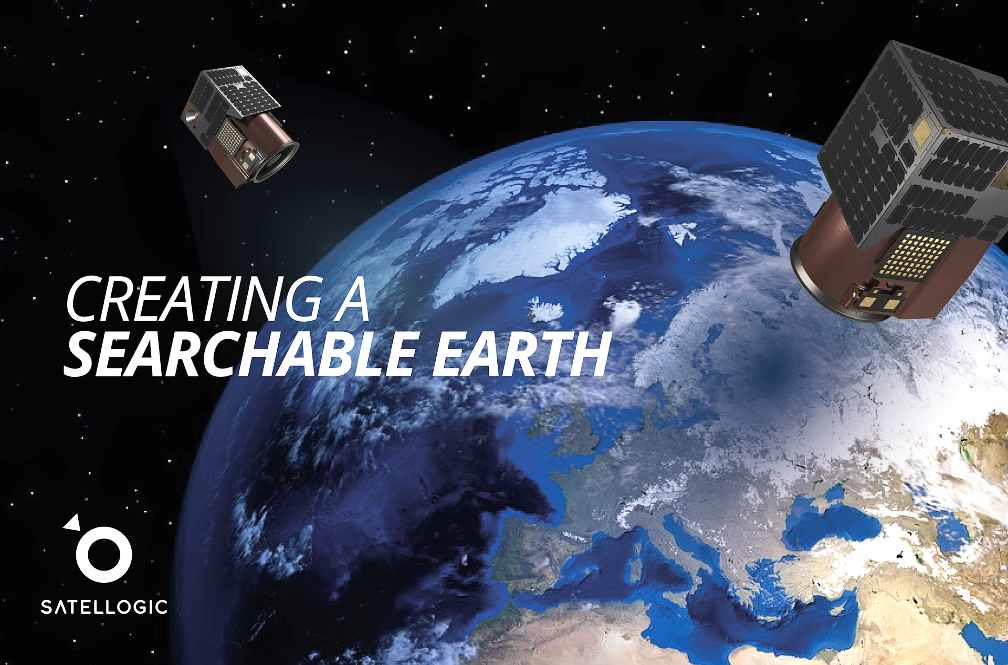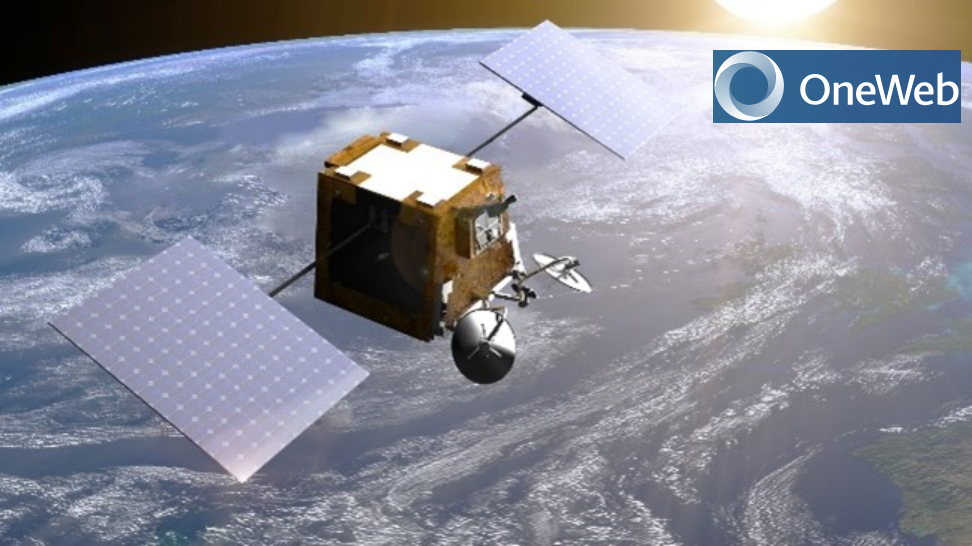
OneWeb as strengthened its Mobility team under VP Mobility Services Ben Griffin with a trio of experienced professionals – in the UK and USA. OneWeb is ramping up its work to deliver high-speed, unparalleled low latency, reliable connectivity across all mobility platforms, including commercial and business aviation, land and marine.
OneWeb’s LEO constellation of more than 600 satellites will connect people everywhere, on land, at sea and in the air. Its ambition is to facilitate “a connectivity experience that is limited only by the users’ imagination, not the available bandwidth.”
Jason Sperry appointed Director – Business Aviation
Jason Sperry joins OneWeb as Director, Business Aviation, based out of Melbourne, Florida. Sperry brings a wealth of experience from the IFC service provision perspective, including significant satellite provider insight spanning both GEO and LEO technologies. Jason is responsible for delivering fibre-like connectivity solutions to business jet owners, operators, and end users – passengers and crew alike. He joins from SD (Satcom Direct), where for the past six years he was Director, Strategy and Business, having joined the business in 2016 as director of product management (hardware). He will combine his technical experience with strong commercial aptitude to understand the needs of OneWeb’s partners, delivering solutions which are commercially and technically innovative.
Drew Brandy – Director, Land Mobility
Drew Brandy joins OneWeb as Director, Land Mobility, after 13 plus years with Inmarsat, latterly as Senior VP Maritime, progressing from VP Strategy and Development. Based out of London, Drew will be responsible for setting and executing OneWeb’s land mobility portfolio strategy, working closely with the mobility team members. He brings considerable experience having worked with several large telecom operators in business and corporate strategy in both North America and Europe.
Nick Maynard – Marketing Director, Mobility
Stepping up from an initial consultancy role over the past 14 months, Nick Maynard becomes full-time Marketing Director (Mobility), based out of the UK. Maynard brings over 25 years’ relevant experience in marketing and communications working out of the UK and UAE, supporting several blue-chip aviation companies – in-house and with agencies OglivyOne and Carlson. Most recently, he served nearly 10 years with Honeywell Aerospace in marketing and comms, latterly as Channel Partner Marketing Manager, building relationships for Honeywell’s valued suppliers around the world.
“I’m very pleased to be adding to my team with these three stellar professionals,” said Ben Griffin, OneWeb VP Mobility Services. “Together, we are working on some exciting strategies and partnerships that will disrupt the mobility connectivity market for years to come. We are focused on driving these forward and sharing our news over the next few months.”

